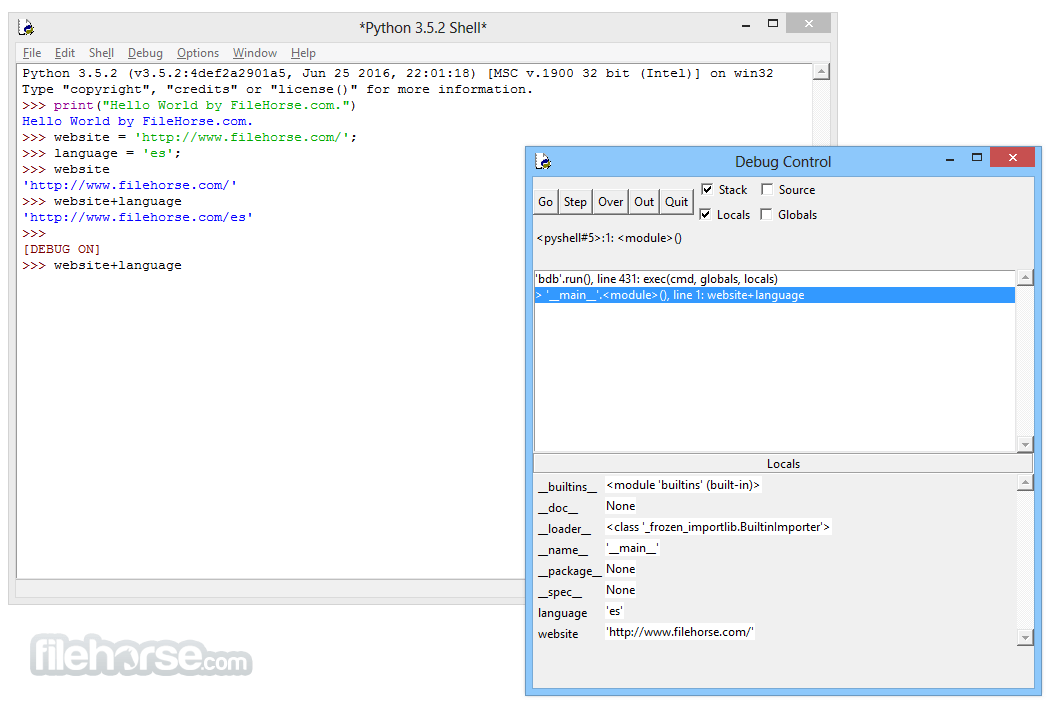
and that the installed Python 3.6 can be accessed. First, make sure that you know where to install Python 3.6.

To change the default Python that is being used, you have to use update-alternatives. configureĪfter installing Python 3.6, you’ll see that Python default is still the same as the previous Python (in my case, still 2.7.13). To continue with the installation, access Python-3.6.4 directory $ cd Python-3.6.4Īfter opening the directory, follow the process below to install Python 3.6.4: $. Result after downloading and extracting the source code from Python 3.6.4Īfter you finished extracting as in Picture 2, you can see that the source code is at /tmp/Python-3.6.4. But before you download it with wget, make sure your file is in the /tmp/ directory, so it will be deleted after you reboot $ cd /tmp/ Python 3.6 source code is provided in tar.xz, which means you have to unpack it. # apt-get install build-essential tk-dev libncurses5-dev libncursesw5-dev libreadline6-dev libdb5.3-dev libgdbm-dev libsqlite3-dev libssl-dev libbz2-dev libexpat1-dev liblzma-dev zlib1g-devĪfter executing those programs, you can download the source code for Python 3.6 from Python’s official website. To make sure, you can use the command below # apt-get update The first thing is to ensure that several package dependencies must have been installed in Raspberry Pi. There are a few things that must be done to change Python 2.7 into Python 3.6. Python version prior to upgrading to 3.6.4 You can use this command to make sure of that $ python -version Picture 1. The first thing that can be done is to check if your default Python is on version 3.x or 2.x. In the document which showed Linux commands, ‘#’ means the command must be accessed as root (or with sudo) If the Terminal is showing ‘#’, then the user is accessing root. The reason for that is in Linux Terminal, when the user isn’t accessing root, will show the ‘$’ annotation.

When writing a command in Linux Terminal’s common documents, both annotations are commonly used as prefixes. This blog post will discuss how to change the default Python 2.7 into Python 3.6.īefore I begin the tutorial, I want to explain one thing which is commonly seen in Linux tutorials, the ‘$’ and ‘#’ annotations. Do you want to use Python 3.6 on Raspberry Pi? When you run Python in Raspberry Pi, the version called is usually v2.7.


 0 kommentar(er)
0 kommentar(er)
